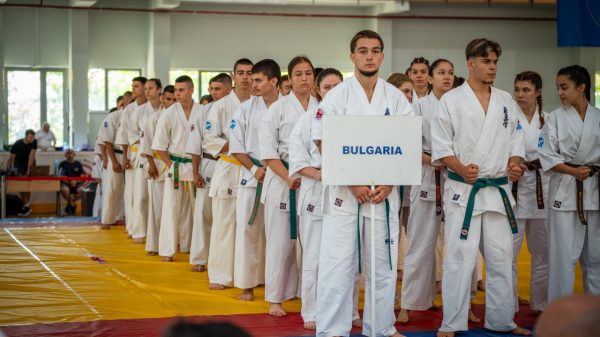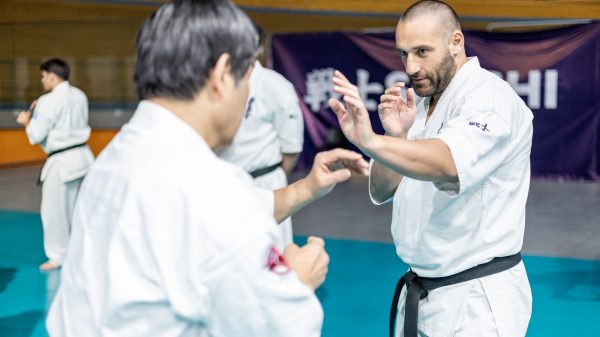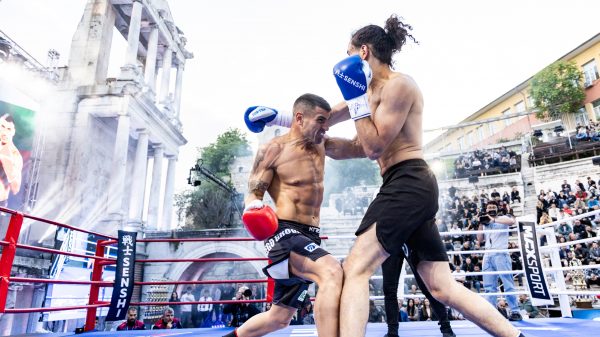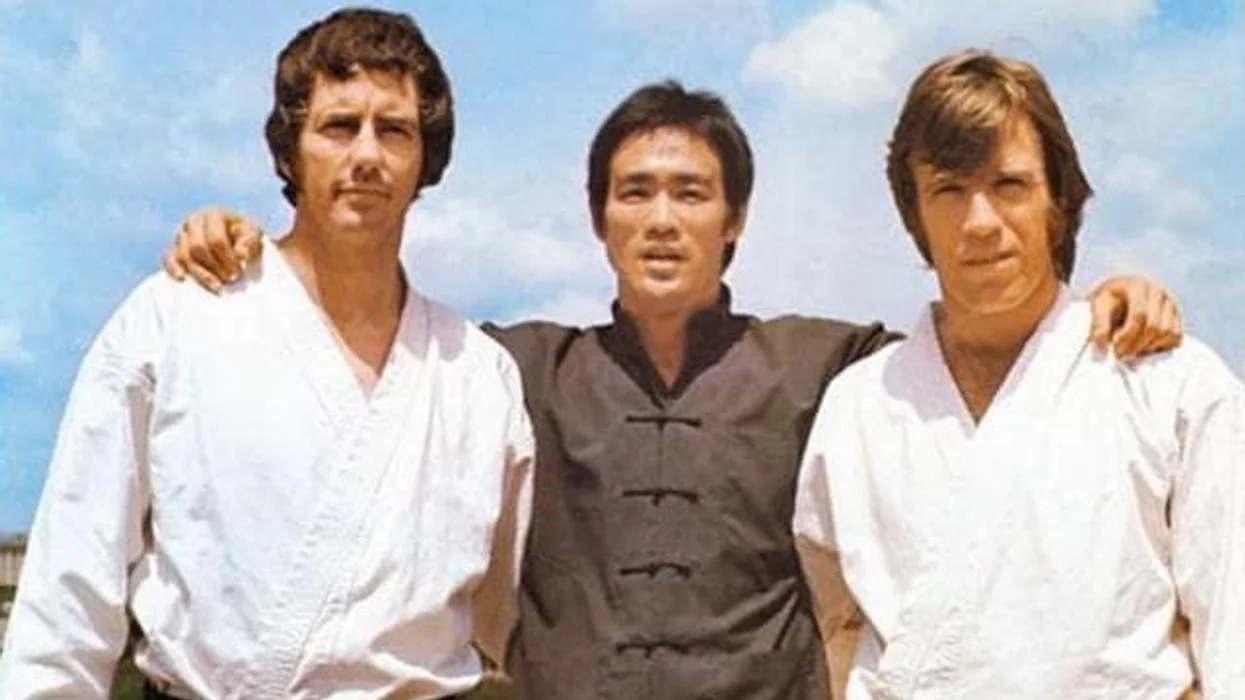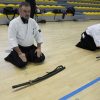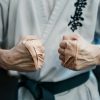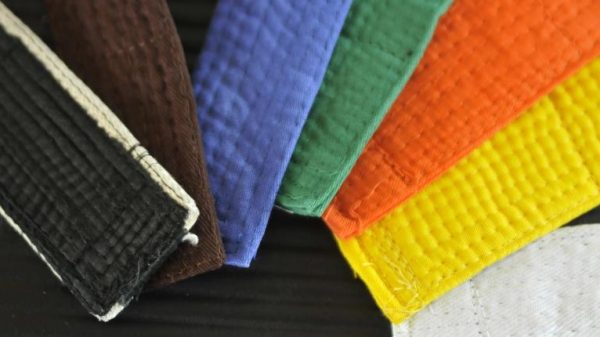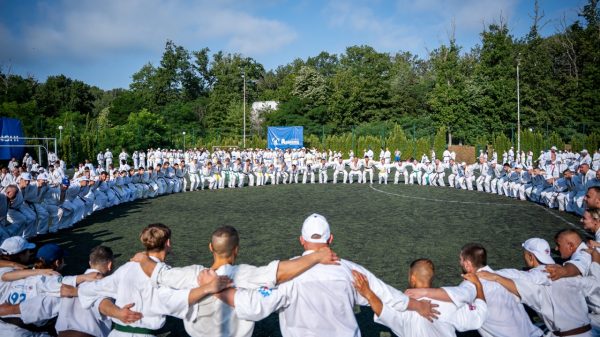The Golden Era of Martial Arts Movies, spanning the late 1960s to the 1980s, remains an unforgettable chapter in the history of cinema. During this period, martial arts films exploded onto the international stage, captivating audiences with a unique blend of awe-inspiring action, iconic characters, and timeless storytelling. In this exploration, we delve into the key factors that defined this era and continue to leave an indelible mark on cinematic history.
- Bruce Lee’s Impact:
The Golden Era was ignited by the charismatic and incomparable Bruce Lee. His groundbreaking film, “Enter the Dragon” (1973), not only shattered box office records but also introduced martial arts to audiences worldwide. Bruce Lee’s philosophy of adapting traditional martial arts for real-world application, coupled with his unparalleled on-screen charisma, made him a global icon. His tragic and untimely death in 1973 only fueled the mystique surrounding his legacy.
- Shaw Brothers Studio:
Hailing from Hong Kong, the Shaw Brothers Studio played a pivotal role in shaping the Golden Era. Renowned for producing a vast array of martial arts classics, including “The 36th Chamber of Shaolin” (1978) and “Five Deadly Venoms” (1978), the studio contributed significantly to the popularization of kung fu cinema. The elaborate fight choreography, intricate plots, and memorable characters became hallmarks of Shaw Brothers productions.
- Crossovers and Fusion:
The Golden Era saw an exciting fusion of martial arts with various genres, leading to the creation of memorable sub-genres like “Wuxia” (martial hero) films. Directors seamlessly integrated elements of fantasy, romance, and supernatural themes into martial arts narratives, captivating audiences with tales of legendary warriors and mythical adventures.
- International Recognition:
Martial arts films transcended cultural boundaries during the Golden Era, achieving international acclaim. Hollywood began to take notice, and filmmakers like John Woo and Jackie Chan gained recognition beyond Asian markets. Jackie Chan’s unique blend of comedy and action, showcased in films like “Drunken Master” (1978), endeared him to a global audience.
- Legacy and Influence:
The Golden Era left an enduring legacy, influencing subsequent generations of filmmakers, actors, and martial artists. Hollywood continues to draw inspiration from the era, evident in films like “Kill Bill” (2003) and “The Matrix” (1999), both of which pay homage to the dynamic fight choreography and stylized action sequences pioneered by martial arts cinema.
The Golden Era of Martial Arts Movies stands as a testament to the transformative power of cinema. It not only introduced the world to the mesmerizing world of martial arts but also inspired a cultural phenomenon that continues to shape the way we perceive action and storytelling on the silver screen. As we revisit the classics of this era, we celebrate the enduring impact of these films and the indomitable spirit of the martial arts genre. Lights, camera, action — the legacy lives on.





